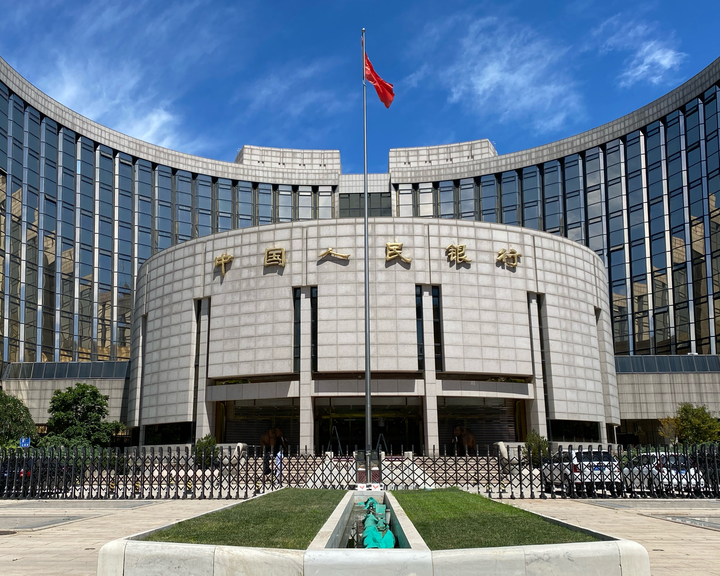PBOC injects more liquidity to spur growth
Reverse repo operation helps strengthen efforts to stabilize market expectations


China's central bank injected 1 trillion yuan ($139 billion) into the market on Friday via an outright reverse repo operation, which not only reinforces its commitment to economic growth but also signals efforts to improve the transparency of monetary policy adjustments, market experts said.
To maintain ample liquidity in the banking system, the People's Bank of China, the country's central bank, said on Thursday that it would conduct a 1 trillion yuan outright reverse repo operation on Friday.
An outright reverse repo operation is a tool that the central bank introduced in October to better manage liquidity conditions.
Previously, the PBOC typically used pledged reverse repos — whereby the bonds used as collateral are frozen in the accounts of commercial banks — to manage market liquidity.
By contrast, in outright reverse repo operations, the bonds used as collateral are transferred to the account of the central bank, giving it more policy flexibility by way of sale of those bonds.
Friday's operation, with a three-month tenor, has attracted investor attention, not only because of its large amount of liquidity injection — a 0.5 percentage point cut in the reserve requirement ratio releases long-term liquidity of about 1 trillion yuan — but also due to its timing.
Ever since the tool was introduced, the PBOC has published a summarized data of its outright reverse repo operations at the end of each month. Thursday's announcement, however, came just one day prior to the actual operation.
This rare move signals that the PBOC is strengthening efforts to stabilize market expectations and enhance the transparency of monetary policy, said Sun Binbin, chief economist at Caitong Securities.
"Against a backdrop of uncertainties surrounding Sino-US (economic) relations and domestic fundamentals, the central bank has adopted a more proactive and supportive stance," Sun said in a research report.
The operation catered to the need for commercial banks to ease their funding costs, said Sun, who also pointed to the possibility of further outright reverse repo operations this month, if needed.
The onshore bond market reacted positively to the move, with the most actively traded contract of 30-year treasury bond futures closing up 0.35 percent on Friday, said market tracker Wind Info.
According to the PBOC, Friday's operation was conducted using a fixed-quantity, interest-rate-bidding and multiple-price-bidding method. In May, the PBOC injected 700 billion yuan of liquidity via outright reverse repo operations while cutting the RRR by 0.5 percentage point.
Wang Qing, chief macroeconomic analyst at Golden Credit Rating International, said: "Friday's move to increase medium-term liquidity injections sends a clear signal of continued policy support through quantitative tools."
Wang said the PBOC is expected to make comprehensive use of tools such as pledged and outright reverse repos as well as the medium-term lending facility in the coming months to ensure ample liquidity in the banking system and reduce financing costs for the real economy.
To help financial institutions better plan their liquidity management, the PBOC may continue to announce outright reverse repo operations a day in advance, according to a report by Hua Chuang Securities.
Yuan Haixia, dean of the research institute at rating agency CCXI, said there is still scope for one to two more cuts in the RRR during the remainder of the year, given the country's relatively high real interest rates amid low inflation and its ample policy space compared to economies like the United States and Japan.
zhoulanxv@chinadaily.com.cn




































